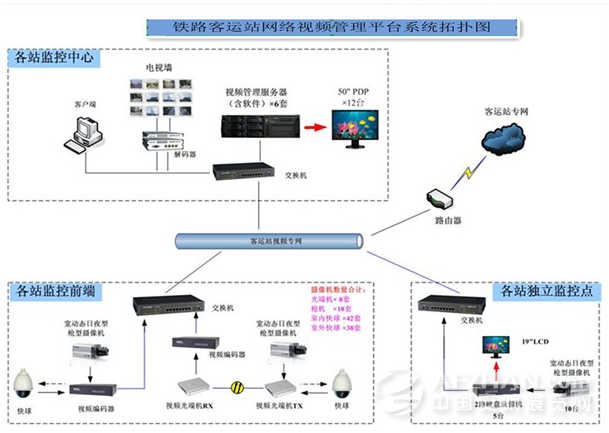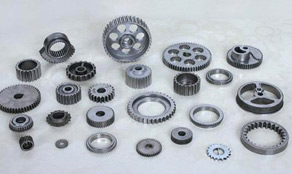
Detailed explanation of the three-tier structure of railway security system
Since 2008, QFAP has specialized in research and sells the powder metal products more than 10years.
The advanced and perfect inspection & testing equipments, the strict and standardized quality management system as well as the innovated and pragmatic management & service team in our company make us providing a fundamental guarantee for the excellent quality and high capacity.

Every year, 300-500 new parts can be developed, and about 3500 tons, 100 million pieces of powder metals parts with iron base, copper base, stainless steel and MIM can be manufactured.
The distribution of the customers is wide in more than 10 countries of USA﹑Germany﹑UK﹑Italy﹑Japan﹑Korea﹑China, etc.. The volume of business increases annually by 30 percent.
Powder Metal Products,Powder Metallurgy Applications,Powder Metal Sintering Products,Powder Silicon Metal
SHAOXING QIFENG AUTO PARTS CO., LTD. , https://www.sxqfap.com